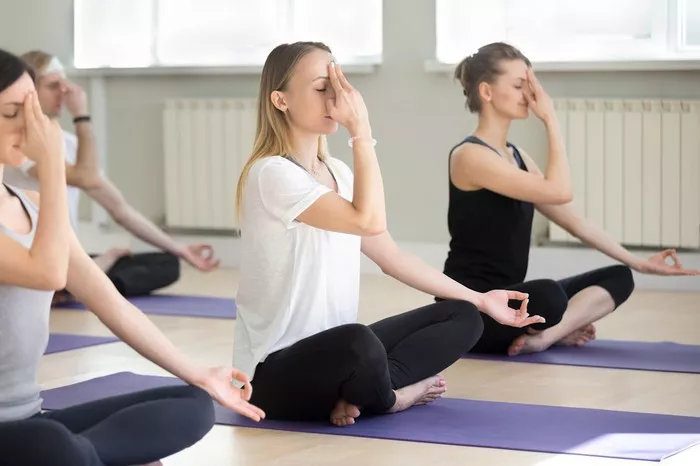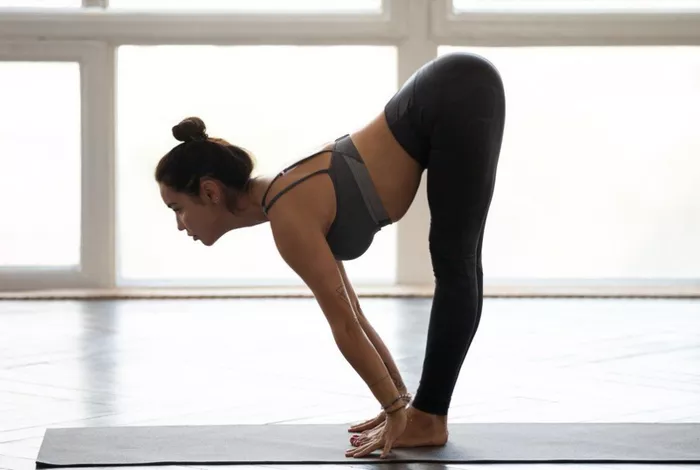In the quest for holistic well-being, individuals often explore various avenues to enhance their physical, mental, and spiritual health. One ancient practice that has gained widespread recognition for its profound impact is Pranayama. Rooted in the rich tradition of yoga, Pranayama is a discipline focused on breath control, offering a gateway to enhanced vitality, mental clarity, and spiritual awakening. In this comprehensive guide, we delve into the intricacies of Pranayama, exploring its origins, techniques, benefits, and the science behind its transformative effects.
Understanding Pranayama: An Ancient Art of Breath Mastery
Pranayama, derived from the Sanskrit words “prana” (life force) and “ayama” (control), translates to the control or expansion of life force through breath. This ancient yogic practice finds its roots in the Vedas, the oldest sacred texts of India, dating back over 3,000 years. Pranayama is an integral component of the broader yogic philosophy, aimed at harmonizing the body, mind, and spirit.
At its core, Pranayama involves conscious regulation of the breath, with the belief that the breath is the bridge between the physical and spiritual realms. By manipulating the breath, practitioners can influence the flow of prana throughout the body, optimizing energy levels and promoting overall well-being.
The Physiology of Breath: A Scientific Perspective
While Pranayama has deep spiritual roots, modern science has started to unravel the physiological mechanisms behind its transformative effects. The act of conscious breathing impacts the autonomic nervous system, influencing both the sympathetic (fight-or-flight) and parasympathetic (rest-and-digest) branches.
Deep diaphragmatic breathing, a fundamental aspect of Pranayama, stimulates the vagus nerve, leading to a shift towards parasympathetic dominance. This shift triggers a cascade of physiological responses, including reduced heart rate, lower blood pressure, and enhanced digestion. Moreover, conscious breath control has been shown to modulate stress hormones, such as cortisol, contributing to a calmer and more balanced nervous system.
Research also suggests that Pranayama practices can improve respiratory function by enhancing lung capacity and efficiency. Techniques like alternate nostril breathing (Nadi Shodhana) have been found to optimize the balance between the two hemispheres of the brain, promoting cognitive function and emotional stability.
The Core Techniques of Pranayama
Pranayama encompasses a diverse array of techniques, each serving specific purposes and catering to different levels of practitioners. Here, we explore some foundational techniques that form the bedrock of Pranayama practice:
1. Diaphragmatic Breathing (Dirga Pranayama): Also known as three-part breath, this technique involves deep inhalation into the lower, middle, and upper lungs, followed by a slow exhalation. It encourages full oxygen exchange and fosters a sense of relaxation.
2. Ujjayi Pranayama: Commonly referred to as the “ocean breath,” Ujjayi involves constricting the back of the throat during both inhalation and exhalation. The resulting sound resembles ocean waves and serves to focus the mind while promoting a sense of calm.
3. Nadi Shodhana (Alternate Nostril Breathing): This technique involves breathing through one nostril at a time, achieved by alternating the blocking of nostrils using the fingers. Nadi Shodhana is believed to balance the two hemispheres of the brain, harmonizing the body’s energy flow.
4. Kapalabhati (Skull-Shining Breath): Characterized by rapid and forceful exhalations through the nose, Kapalabhati is an energizing technique that purifies the lungs and invigorates the body. It is crucial to maintain a relaxed inhalation during this practice.
5. Bhramari Pranayama (Bee Breath): In Bhramari, practitioners produce a buzzing sound during exhalation, resembling the gentle hum of a bee. This technique is renowned for its calming effect on the nervous system and its ability to alleviate stress and anxiety.
6. Sheetali Pranayama (Cooling Breath): Sheetali involves inhaling through a rolled tongue or the gaps between the teeth, creating a cooling sensation. This practice is particularly beneficial for reducing body heat and calming the mind.
The Benefits of Pranayama: Cultivating Wellness Across Dimensions
The regular practice of Pranayama unfolds a multitude of benefits, touching on various aspects of well-being—physical, mental, and spiritual. Here’s a closer look at the holistic advantages offered by this ancient art:
1. Enhanced Respiratory Function: Pranayama techniques, such as deep diaphragmatic breathing, improve lung capacity, increase oxygen intake, and enhance respiratory efficiency. This is particularly beneficial for individuals with respiratory conditions like asthma or chronic obstructive pulmonary disease (COPD).
2. Stress Reduction and Emotional Balance: The influence of Pranayama on the autonomic nervous system helps reduce stress levels by promoting parasympathetic dominance. Regular practice fosters emotional stability, mitigates anxiety, and contributes to an overall sense of well-being.
3. Improved Cognitive Function: The conscious regulation of breath in Pranayama positively impacts brain function. Techniques like Nadi Shodhana enhance the balance between the brain’s hemispheres, improving cognitive function, concentration, and mental clarity.
4. Enhanced Energy Flow: Pranayama is centered around the concept of prana, the life force energy. By manipulating the breath, practitioners aim to optimize the flow of prana throughout the body, fostering vitality, and promoting a sense of aliveness.
5. Balanced Blood Pressure and Heart Health: The calming effect of Pranayama on the nervous system contributes to lower heart rates and balanced blood pressure. This can be particularly beneficial for individuals managing hypertension or cardiovascular issues.
6. Spiritual Awakening and Mindfulness: Beyond its physical and mental benefits, Pranayama is considered a powerful tool for spiritual growth. The focused awareness on breath cultivates mindfulness, paving the way for deeper self-awareness and spiritual awakening.
Practical Tips for Pranayama Practice
Embarking on a journey of Pranayama requires a mindful and gradual approach. Consider these practical tips to ensure a safe and fulfilling practice:
1. Start with the Basics: Begin with foundational techniques like diaphragmatic breathing before progressing to more advanced practices. Familiarize yourself with the basic principles of each technique to ensure proper execution.
2. Consistency is Key: Like any discipline, consistency is crucial for experiencing the full benefits of Pranayama. Establish a regular practice, starting with shorter sessions and gradually extending the duration as your comfort and proficiency increase.
3. Listen to Your Body: Pay attention to your body’s signals during practice. If you experience discomfort, dizziness, or shortness of breath, pause and return to normal breathing. Consult a qualified yoga instructor or healthcare professional if you have pre-existing health conditions.
4. Incorporate Mindfulness: Pranayama is not just about the mechanical aspects of breath control; it involves cultivating mindfulness. Focus on the present moment, observe your breath, and allow your mind to settle into a state of awareness.
5. Explore Guidance: If you’re new to Pranayama, seek guidance from experienced yoga instructors or online resources. Instructional videos and guided sessions can provide valuable insights into proper techniques and breath coordination.
Conclusion
In the tapestry of ancient yogic practices, Pranayama stands out as a profound and transformative art of breath mastery. From its roots in the Vedas to its integration into modern wellness practices, Pranayama continues to unlock the potential for holistic well-being. By delving into the science, techniques, and benefits of Pranayama, individuals can embark on a journey of self-discovery, tapping into the intrinsic connection between breath, body, mind, and spirit. As we embrace the wisdom of this ancient practice, the power to cultivate vitality, balance, and spiritual awakening lies within the rhythmic flow of our breath.













